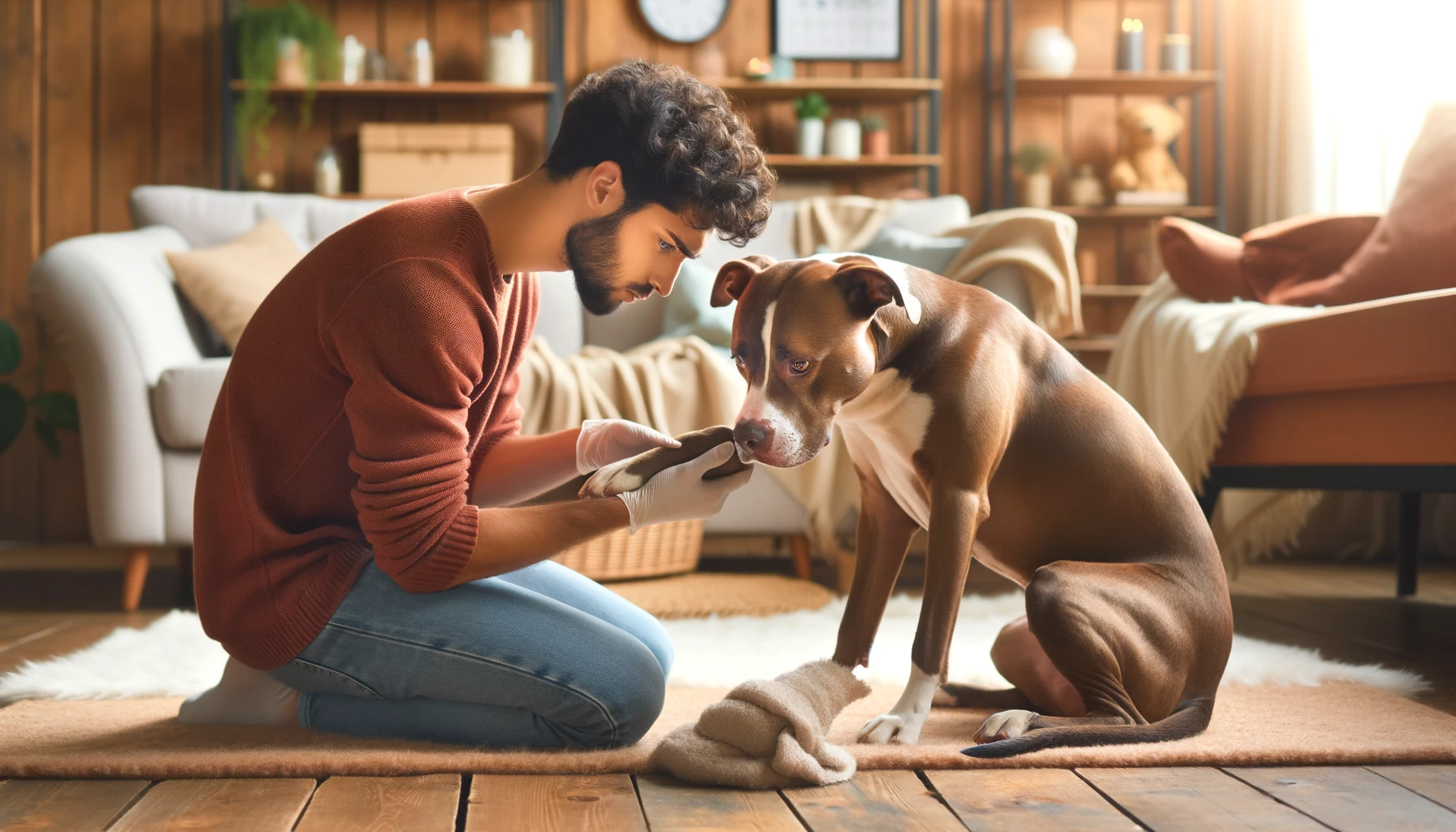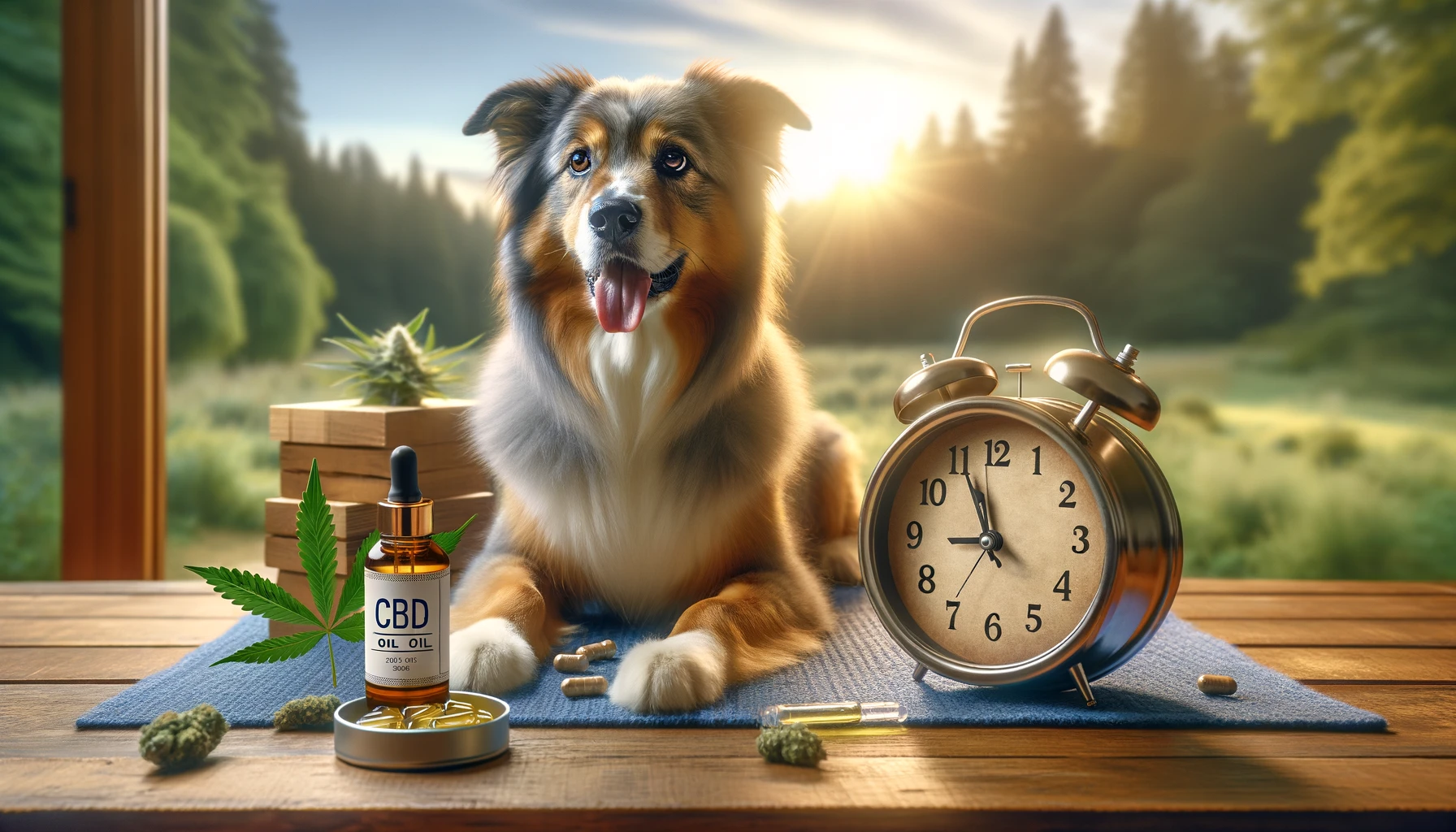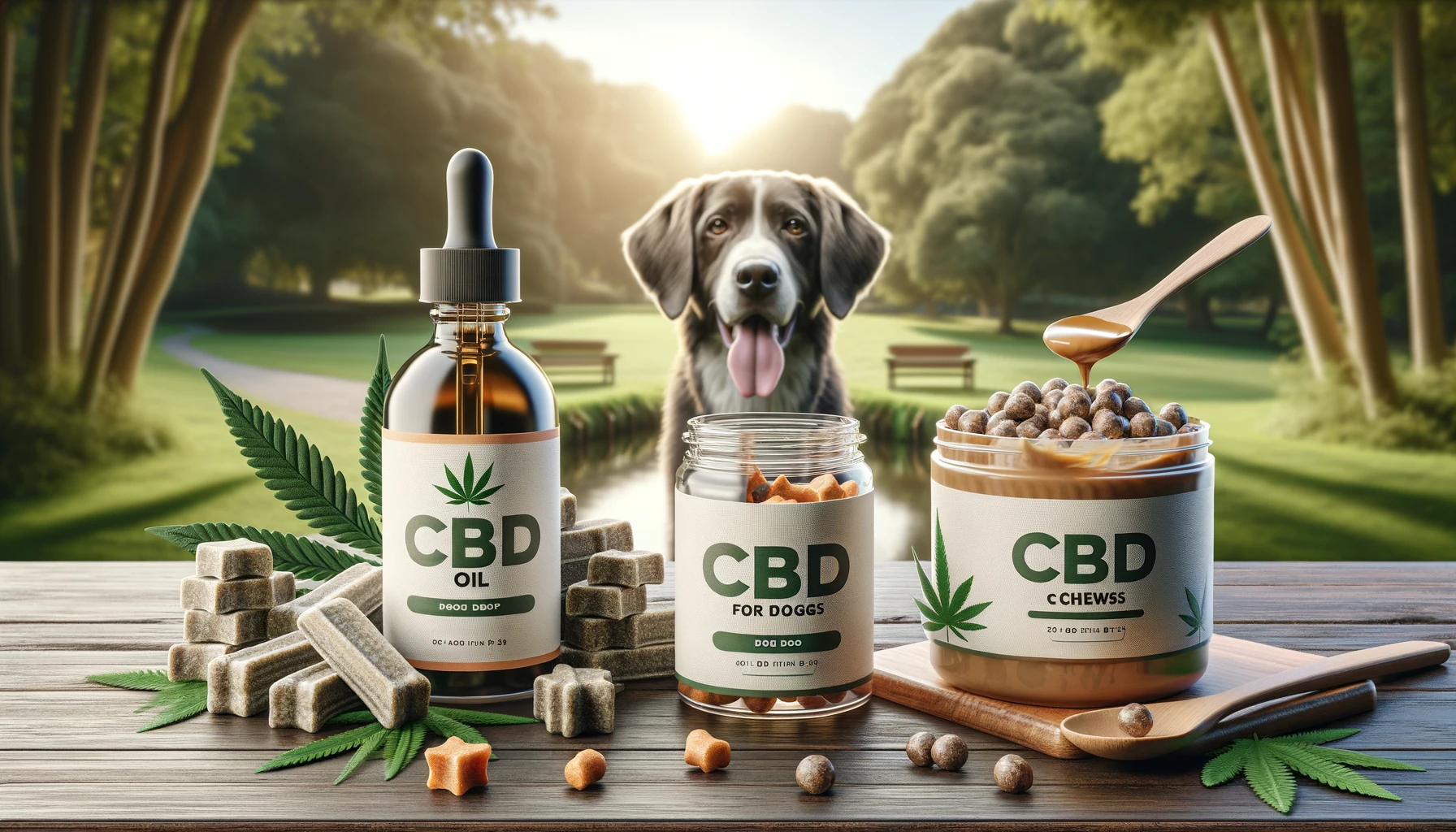
Why is My Pit Bull Limping?
When your Pit Bull starts limping, it’s more than just a walk interrupted; it’s a silent alarm that your furry friend is in discomfort or pain. Limping, or lameness, can vary in intensity from a mild, hard-to-notice limp to an inability to bear weight on one leg. Understanding the common reasons behind this condition and exploring possible solutions can help your Pit Bull get back on all fours comfortably. This article delves into the common causes of limping in Pit Bulls and suggests ways, including the use of CBD oil, to alleviate their discomfort.
Common Reasons for Limping in Pit Bulls
1. Injuries
Injuries are the most straightforward cause of limping. These can range from minor sprains and strains to more severe conditions like fractures or torn ligaments. Pit Bulls are active and enthusiastic dogs, making them susceptible to injuries during play or exercise.
2. Joint Problems
Joint issues, including hip dysplasia, elbow dysplasia, and arthritis, are prevalent in many dog breeds, including Pit Bulls. These conditions can cause discomfort and lead to limping, especially in older dogs.
3. Paw and Pad Injuries
The pads of your dog’s feet are vulnerable to injury from walking on hot pavements, stepping on sharp objects, or due to frostbite in cold weather. Such injuries can make walking painful, resulting in limping.
4. Infections and Diseases
Infections in the bones (osteomyelitis) or in the joints (septic arthritis) can cause significant pain and lameness. Lyme disease, carried by ticks, can also lead to joint pain and limping.
5. Growth-Related Issues
In younger Pit Bulls, conditions like panosteitis (inflammation in the long bones of the legs) can cause shifting lameness, where the limping moves from one leg to another.
Solutions to Help Your Limping Pit Bull
Immediate Actions
- Rest: The first step should always be to reduce activity levels to prevent further injury.
- Check for Visible Injuries: Gently examine your dog for any visible signs of injury, such as cuts, thorns, or swelling.
- Cold Compresses: For acute injuries, applying cold compresses can help reduce swelling and pain.
Long-term Strategies
- Veterinary Care: If the limping persists for more than a day or is severe, a visit to the vet is crucial. They can diagnose the issue through physical exams and potentially x-rays or other imaging techniques. Treatment may include medications, physical therapy, or even surgery in severe cases.
- Weight Management: Keeping your Pit Bull at a healthy weight can significantly reduce the strain on its joints and decrease the risk of joint-related issues.
- Regular Exercise: Regular, moderate exercise can help maintain healthy joints and muscles. Avoid overexertion or activities that put too much stress on the joints.
CBD Oil: A Promising At-Home Solution
CBD oil has gained popularity as a natural remedy for various health issues, including pain and inflammation in pets. Its potential benefits for dogs with limping include:
- Pain Relief: CBD oil can help manage pain, making it easier for your Pit Bull to move around.
- Anti-inflammatory Properties: By reducing inflammation, CBD oil can alleviate some causes of limping, such as arthritis or injuries.
- Safety and Ease of Use: When sourced from reputable manufacturers and used according to vet recommendations, CBD oil is safe for dogs. It can be administered directly into the mouth or added to food.
It’s essential to consult with your veterinarian before starting any new treatment, including CBD oil, to ensure it’s safe and appropriate for your Pit Bull’s specific health needs.
Conclusion
Limping in Pit Bulls can stem from various causes, ranging from minor injuries to more severe health issues. Prompt attention and care are crucial to diagnose the underlying cause and provide relief to your furry companion. Alongside veterinary care, maintaining a healthy lifestyle for your dog and considering natural remedies like CBD oil can play a significant role in managing and preventing limping. By understanding the common reasons behind limping and exploring effective solutions, you can ensure your Pit Bull leads a happy, active life.




